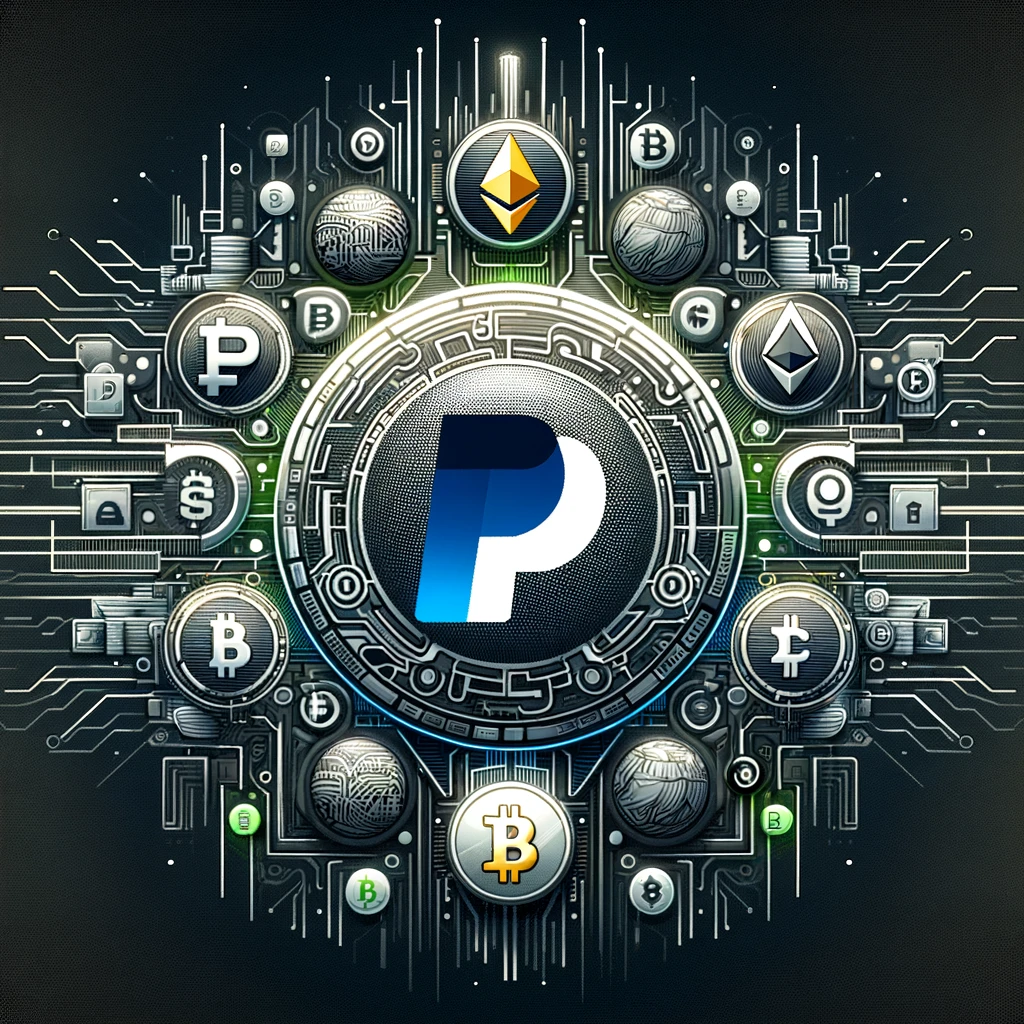The blockchain and cryptocurrency landscape is continually evolving, and a new chapter is unfolding with the upcoming launch of the Runes protocol. Developed by the same visionary behind Bitcoin Ordinals, Runes is setting out to challenge the established BRC-20 token standard, coinciding with the anticipated Bitcoin halving event.
Since its announcement, Runes has generated significant buzz, attracting a plethora of projects eager to capitalize on its launch. Among these, the meme coin PUPS has seen a dramatic surge in interest, though not without stirring controversy over its claim as the “first meme coin” on Bitcoin. This dispute underscores the competitive and often contentious nature of cryptocurrency innovations.
As the Bitcoin halving approaches, the pressure is mounting, and the crypto community is abuzz with strategies on how to acquire Runes without falling prey to high risks, commonly referred to as getting “rekt” in crypto parlance.
Leonidas, a pseudonymous NFT historian and influential Twitter figure, has stepped up to guide enthusiasts through the complexities of mining Runes. He suggests that participants should be prepared to pay premium fees to ensure their transactions are processed. Due to the high demand and limited block space, missing a transaction block could mean not only failing to mint a Rune but also losing transaction fees without any return.
For those looking to navigate this high-stakes environment, Leonidas advises adopting a strategy of significant fee investment to increase the chances of successful minting. This approach is crucial, especially for highly anticipated Rune projects, where competition for block space is fierce, and being the highest bidder is often the only way to secure a spot.
However, not all scenarios require rushing into minting. Leonidas encourages patience, suggesting that for projects less likely to sell out immediately, it might be wise to wait out the initial frenzy. Transaction fees tend to decrease during off-peak times, such as weekends or late nights in North America. By choosing such times, traders can save on costs and reduce the stress associated with competitive minting.
Furthermore, Leonidas highlights the importance of scrutinizing the pre-mine settings of each Rune. A high percentage of pre-mined tokens can lead to market saturation and subsequent price drops once the Rune is fully minted. He recommends opting for projects with a lower pre-mine percentage, ideally around 5%, or those without any pre-mine.
Amid the hype surrounding Runes, it’s vital to remain rational and make informed decisions based on solid market analysis. Leonidas stresses the importance of evaluating the potential market cap implications of each minting decision, especially considering the associated minting costs.
As the crypto community gears up for the launch of the Runes protocol, the blend of anticipation and strategic planning paints a vivid picture of the dynamic and often unpredictable nature of cryptocurrency markets. This new protocol not only promises innovation but also tests the acumen and strategies of crypto enthusiasts navigating the new frontier.





 Bitcoin
Bitcoin  Ethereum
Ethereum  Tether
Tether  Solana
Solana  USDC
USDC  XRP
XRP  Lido Staked Ether
Lido Staked Ether  Dogecoin
Dogecoin  Toncoin
Toncoin